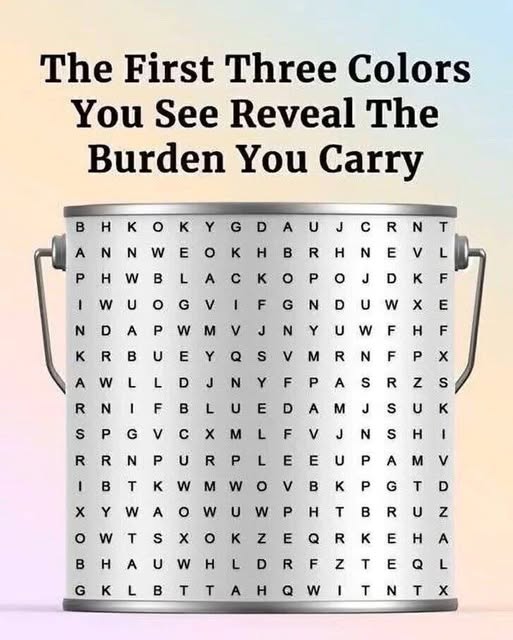And just as important are the colors we resist. The ones we reject or avoid can be just as telling. Someone who shies away from red might be uncomfortable with intensity, with being seen, with their own anger. Someone who refuses to wear white might be carrying grief, or afraid of being too exposed. Our aversions say just as much as our attractions.
What makes color such a fascinating emotional language is that it doesn’t require us to explain ourselves. It simply expresses. Through our surroundings. Through our choices. Through the quiet, invisible connections we form with what we see. It holds our stories, our moods, our identities. And it speaks them—even when we’re silent.
So the next time you find yourself reaching for a certain scarf, standing longer than usual in front of a painting, or needing to repaint your bedroom wall a very specific shade—pause.
Ask what that color might be saying.
Ask what you might be saying through it.
Not with words. But with emotion. With intuition. With quiet honesty.
Because even when our mouths say nothing, our colors are always speaking.
